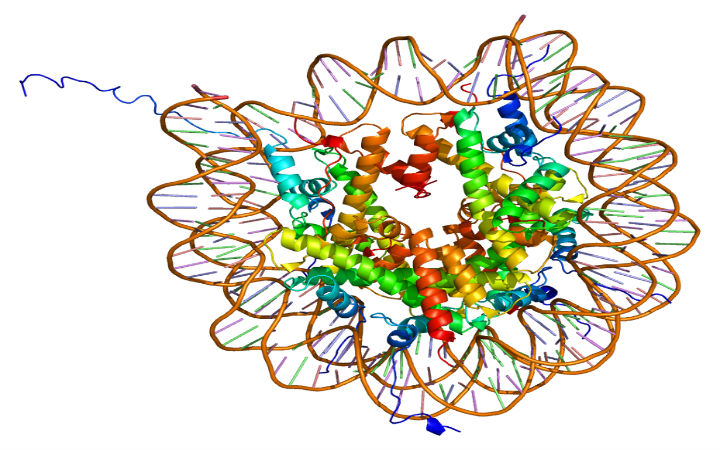Protein to Protein Interaction Projects.
PPI projects include biological process like cell growth, gene expression, splicing, proliferation, nutrient uptake, morphology, intercellular communication, apoptosis and translation. Protein to protein interaction (PPI) is an activating factor that facilitates most biological processes in a living organism or cell. BP, SVM-KNN and SVM are the main classifiers of protein to protein interaction. PPI projects service is provided by our concern by making some changes in existing system. Ppi projects are used for detection and analysis of biomedical, association rule mining process, interaction of proteins. Understanding the importance of molecular interaction information. PPI Projects provide examples of different types of molecular interaction, cell-to-cell interactions and metabolic and developmental control.
Methods used in Constructing PPI Projects.
3D Structure based Methods:
- Electron microscopy.
- X-ray crystallography.
- Nuclear Magnetic Resonance.
Complex Oriented Methods:
- Pull down Assays.
- Co- Immunoprecipitation.
- Tandem affinity purification.
- Mass spectrometry.
Binary Oriented Methods:
- Protein chips/ arrays.
- Two hybrid system (2H).
Common methods to analyze PPI Projects.
- Fluorescence Resonance Energy Transfer (FRET).
- Automatic Force Microscopy.
- Molecular genetic approaches: Yeast two- hybrid.

PPI projects may not be always activated or expressed that are used to complete specific tasks.
Our technicians have handled more than 350 PPI projects and have gained 100% satisfaction of success in all our endeavors.
PPI Functions:
- Expression Profile: Cell type specificity is revealed.
- Protein Structure and Sequence: To discover motifs that predict protein function is used.
- Post translational Modifications: Glycosylation, phosphorsylation, suggest localization, acylation function and activation.
- Conserved sequence as and evolutionary history: Key regulatory residues are identified.
- Interactions with other Proteins: The function may be extrapolated by knowing the function of binding portions.
- Intracellular location: The function of the protein may be eluded.
Important aspects of PPI Projects.
- Protein sequence and structure.
- Evolutionary history and conservation.
- Expression profile.
- Post-translational modifications.
- Interaction with other proteins.
PPI Characteristics:
There are 2 types of PPI characteristics:
Transient Interactions:
- There is a slow, weak, fast or strong interactions.
- Transient interactions are expected to control cellular processes.
- By cross linking or label transfer methods they are captured.
- Proteins are expected to involve in the whole range of process which include cell cycling, folding, signaling.
Stable Interactions:
- Sub- units of the complex can be different or identical.
- They are associated with proteins that are purified as multi sub- unit complexes.
- Example of multi subunit complex interactions is RNA polymerase and Hemoglobin.
Types of Protein to Protein Interaction.
Structural Complex: molecular machines and structural complexes in which numerous macro molecules are combined together.
Signaling Pathways: amongst the rich transcription data, array data is unable to detect changes beyond transcriptional level which is its limitation and insufficient in regularity networks and reconstructing pathways.
Morphological Pathways: Group of proteins participates in the same cellular function during a development process.
Metabolic Pathways: A continuous reactions that has a specific purpose is called metabolic pathways.
Applications of PPI Projects.
- DNA/ RNA cross linking to problems.
- Post translation modification analysis.
- Analysis of metabolic and signal transduction: mainly to find out disease pattern.
- Protein structural and sub unit analysis.
- Pharmologenetics research: the study of drug targets, drug transporters and drug receptors.
- Solid phase immobilization.
Benefits of PPI Projects:
- In VIVO interactions are detected.
- Transient, weak interactions can be detected.
- The cloned gene of interacting protein is available immediately.
- All protein in an extract equally is tested.
- Both the domains of protein are easy to examine and the critical residues within it is responsible for a specific interaction, by preparing mutant derivations.

